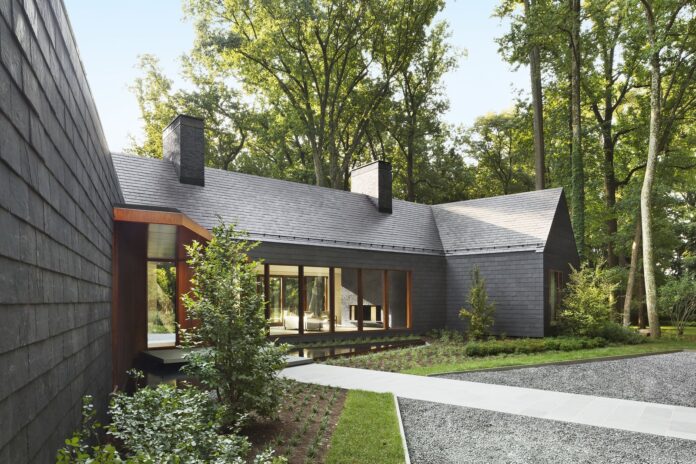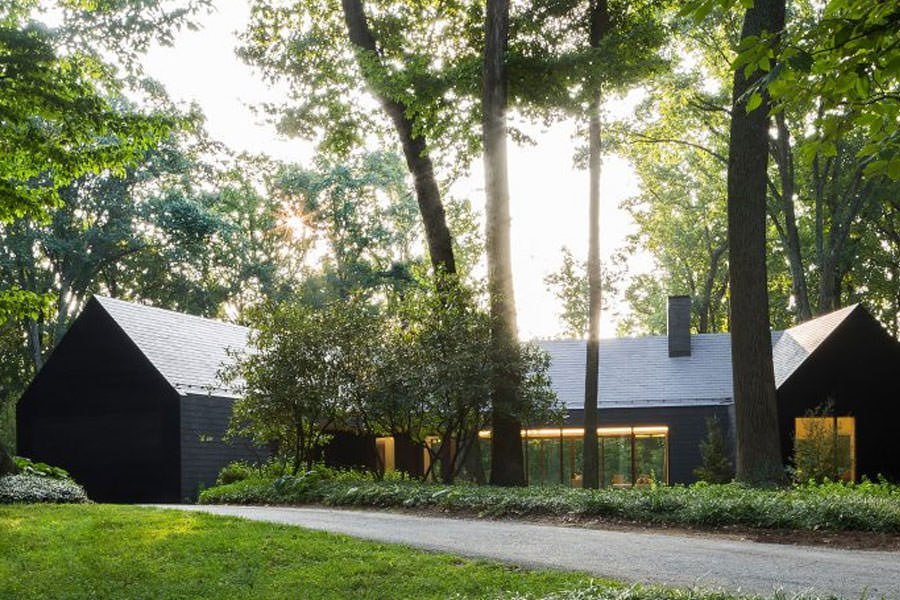A fire striking your house can have devastating consequences. The first priority of course is taking care of your loved ones and you. Once you’ve made sure everyone is attended to, your attention might turn to what’s become of your home and beloved yard. A fire can cause a great deal of harm to your home’s garden since wood and bushes burn easily. It might seem overwhelming in the beginning to think about rebuilding your yard. But here are five tips that might make it a little easier when you start thinking about how best to recover your beautiful yard.
Bring In a Professional Service
When a fire occurs, your attention will understandably be devoted to your family’s wellbeing. Bringing in a professional fire and smoke damage expert can help you in multiple ways. A fire damage restoration service can handle all the cleanup inside and outside. The fire damage restoration technicians can also sift through the damage and check what can be salvaged easily, and fix what can’t. You can thus devote your attention to the more critical things you need to do, such as figuring out where to stay and how to feed your family. It’s a good idea to contact a professional service early since they can prevent further damage that soot and smoke can cause.
Restore Soil Health
Healthy soil is key to the proper growth of your plants. But a fire can destroy the microbial ecosystem of your yard’s soil. The high temperatures of a fire also glaze the top layer of the soil and makes it hydrophobic or water-repellant. Before you start planting seeds again, first focus on restoring the health and natural pH of the soil. This can be done in a number of ways. Adding a good, organic fertilizer or compost is a quick way to re-introduce beneficial microbes in the soil. You can also opt for sheet mulching — layering cardboard or any shredded organic material with compost to build a few inches’ thick layer over the soil. The microbes also help in breaking down the water-resistant top layer of the soil, allowing it to once again absorb water from rainfall or artificial plant watering. Also, make sure you remove as much as of the deposited ash as you can since ash is alkaline and can change the soil pH.
Wait to Reseed and Start Small
Reseeding is best done once the soil is restored. Once the soil is sorted, it can be a good idea to start reseeding and gardening in gradual, small steps. Planting colorful flowers first can serve as a good visual reminder of how much you love your yard and why you garden in the first place. When your household is still recovering from a fire, every bit of inspiration helps. Next, map out how you want to start seeding or planting again. You can begin a veggie patch or a herb garden next. Or, you might want to plant fruit trees or ornamental plants near the seating area. Plants that need a lot of watering can be planted closer to the house. Placing a fountain or a seed-feeder in your yard can further attract wildlife and inspire you further!
Bring In the Fungi
Mycorrhiza fungi are immensely beneficial to plants. These symbiotic fungi help roots in absorbing water and nutrients from the surrounding soil. The roots, for their part, supply the fungi with the nutrition they need to survive. The best way to add mycorrhizal fungi to plants is by placing the fungi granules in the planting spot. You can also add the fungi by dissolving the granules in water and later watering the transplanted shoot with this mixture. During seeding, the fungi granules can be mixed with seeds and then planted. Done this way, the fungi latch on to the new roots and enhance the seedling and the whole germination process.
Plan for Reducing Future Risks
Since you need to start over again anyway, it can be a good idea to redesign in a way that protects the yard from possible future fire risk. For example, plants that easily catch fire — such as gums and conifers, thanks to their oil content — can be planted away from the house. Similarly, plants and trees that retain dead or loose, stringy bark can also catch fire easily and hence, can be planted away from the main structure of your house. Deciduous trees are much less flammable and can be planted closer to the house.
A fire can leave behind huge losses on a beloved home garden, both monetary and emotional. But your home and yard is worth the effort of bringing it back to life. Use the above tips to tend back your patch of green to all its former glory.



















